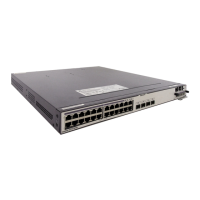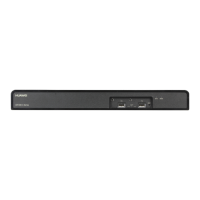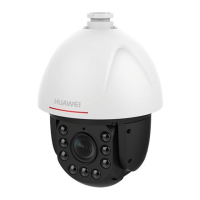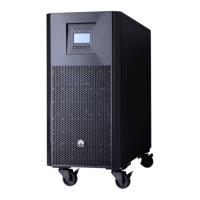Stack Priority
The stack priority is an attribute of a member device and determines the role of the member
device during role election. A larger value indicates a higher priority and higher probability
that the member device competes to be the master device.
Physical Member Port
A physical member port is a physical port used for stacking. It forwards service packets or
stack protocol packets between member devices.
Stack Port
A stack port is a logical port exclusively used for stacking and needs to be bound to physical
member ports. Each member device in a stack supports two stack ports: stack-port n/1 and
stack-port n/2. n indicates the stack ID of a member device.
1.3 iStack Advantages
1.3.1 Simplified Configuration and Management
After a stack is set up, multiple physical devices are virtualized into one logical device. You
can log in to the stack to uniformly configure and manage all the member devices.
1.3.2 1:1 Redundancy of Control Planes
Huawei chassis switches use the 1:1 redundancy mode. That is, each chassis switch has two
MPUs installed. The active MPU processes services, and the standby MPU functions as a
backup of the active MPU and synchronizes information with the active MPU. When the
active MPU fails, the standby MPU becomes the new master MPU and starts to process
services.
A Huawei box switch has only one control plane and cannot implement redundancy. If a box
switch fails, the connected network is interrupted. iStack technology can implement 1:1
redundancy on box switches. The master switch processes services, and the standby switch
functions as backup of the master switch and synchronizes information with the master switch.
If the master switch fails, the standby switch becomes the new master switch, and a new
standby switch is selected from the other slave switches. Configuration and data on the
standby switch are completely synchronized with the master switch. Therefore, when the
standby switch becomes the new master switch, it can immediately replace the original master
switch to manage other switches in the stack with a very small impact on existing network
functions and services. Multiple slave switches in the stack further improve system reliability.
User services on the original master switch cannot be ensured because the original master
switch cannot work properly. As shown in Figure 1-3 and Figure 1-4, when the master switch
fails, the standby switch immediately becomes the new master switch.

